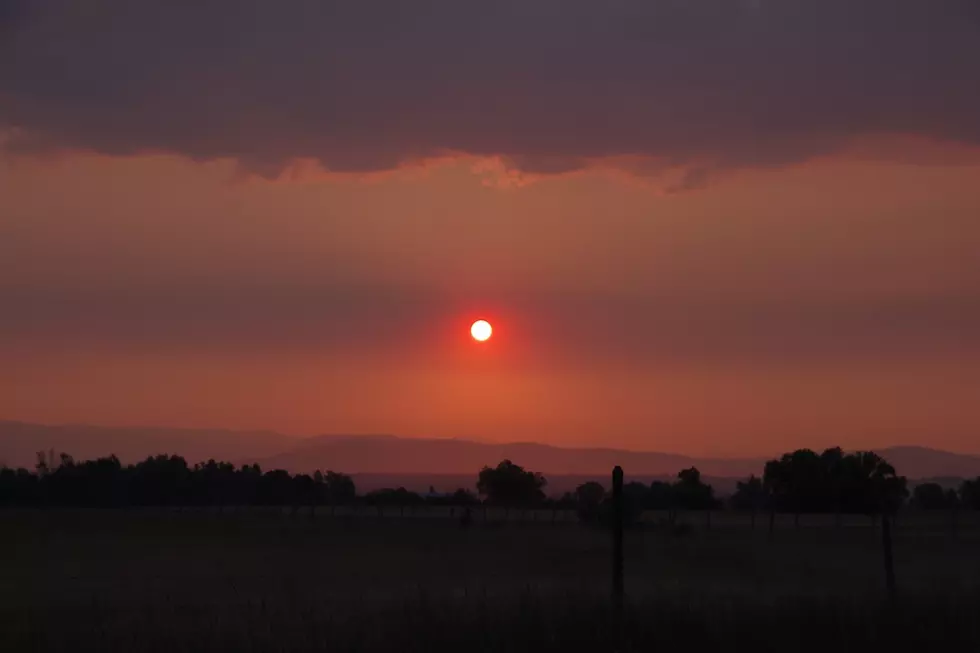
Federal dollars from climate law for Western wildfire management
Jacob Fischler
(States Newsroom) The U.S. Department of Agriculture will spend nearly $500 million on projects to reduce wildfire risk in 11 areas in Western states, the department said Thursday.
The new funding, $490 million, comes from Democrats’ budget, climate and taxes law that passed last year, Agriculture Secretary Tom Vilsack said on a call with reporters. The funding will allow the U.S. Forest Service, an agency within USDA, to treat more than 27 million acres across seven states, including Arizona, Idaho, Nevada and Oregon.
The announcement came one year after Vilsack announced the first round of wildfire mitigation spending and the Forest Service’s 10-year strategy.
The new areas announced Thursday include:
- San Carlos Apache Tribal Forest Protection Project (Arizona — 3 million acres)
- Nez Perce-Clearwater-Lower Salmon (Idaho — 1.5 million acres)
- Mount Hood Forest Health and Fire-Resilient Communities (Oregon — 1 million acres)
- Klamath River Basin (Oregon, California — 10 million acres)
- Sierra and Elko Fronts (Nevada, California — 3.4 million acres)
First round
The funding for the first round of projects mainly came from the 2021 infrastructure law. It marks the beginning of the second year of the Forest Service’s 10-year strategy and brings the total spending on the strategy to $930 million.
The funding sources for the larger strategy are now nearly evenly split, with $490 million coming from the party-line climate law and $440 million from the bipartisan infrastructure law.
Funding from the two laws allowed the agency to address longstanding needs, Vilsack said.
“You’re going to see a lot of activity in these areas that you haven’t seen before. Why? Because now there are resources,” Vilsack said. “We have had many projects that were ready, willing and able in these high-risk areas, but simply couldn’t get done because the resources weren’t there.”
Damage from wildfires in the West has grown steadily over the past two decades due to a combination of factors. Climate change has reduced snow and rainfall in the West, leading to hotter and drier conditions that increase the chances of fires starting and spreading.
After more than a century of management focused on fire suppression, forests became denser, making them more susceptible to particularly intense and quick-spreading fires.
And more homes have been built in what’s called the wildland-urban interface — a term to describe the boundary between wilderness and populated areas. The growth in those areas means wildfires are more likely to start near developments and to affect places where people live.
The strategy to reverse that damage will also need to be long-term, Vilsack said.
‘A start’
Vilsack, a former Iowa governor who has been Agriculture secretary for nearly 10 years spanning two Democratic presidential administrations, stressed that Congress should continue to fund major spending on wildfire mitigation even after the allocations in the two major bills of the Biden presidency have been spent.
“This is a start,” Vilsack said. “This is going to require a long-term commitment that spans a number of years. We didn’t get into this circumstance overnight, we’re not going to get out of it overnight. We have to continue to be vigilant, and we have to continue to invest in the strategy.”
The funding should be a lesson to Congress on the consequences of reducing non-defense federal spending, Vilsack said. Several House Republicans have proposed slashing the non-defense budget since the party won control of the House last year.
“You ask yourself, what is going to get cut?” he said. “What we don’t want cut is this particular effort, because lives are potentially at risk, communities are at risk, property is at risk, infrastructure at risk.”
The Forest Service will use three main techniques of fire mitigation: prescribed burns, manual tree removal and removing flammable biomass that helps fires spread.
The combination of techniques on any given project would depend on the particulars of the project, Vilsack said.
Those techniques have not always proven effective. Last year, two prescribed Forest Service burns meant to guard against catastrophic wildfire in New Mexico got out of control and turned into the worst fire in the state’s history.
The blazes lasted weeks and caused widespread damage, including to local water supplies. Congress has so far spent nearly $4 billion on recovery efforts from those fires.
Shovel-ready
The Forest Service has identified more than 200 “shovel-ready projects” for funding in the first two rounds of its 10-year strategy. The projects have all been cleared for federal permits under the National Environmental Policy Act, Vilsack said.
The first two years of projects span 134 of the 250 highest-risk “fire sheds” the Forest Service has identified, according to the USDA. The projects are all located in the wildland-urban interface. The department estimates the work will reduce wildfire risk in about 200 communities in the Western United States.
